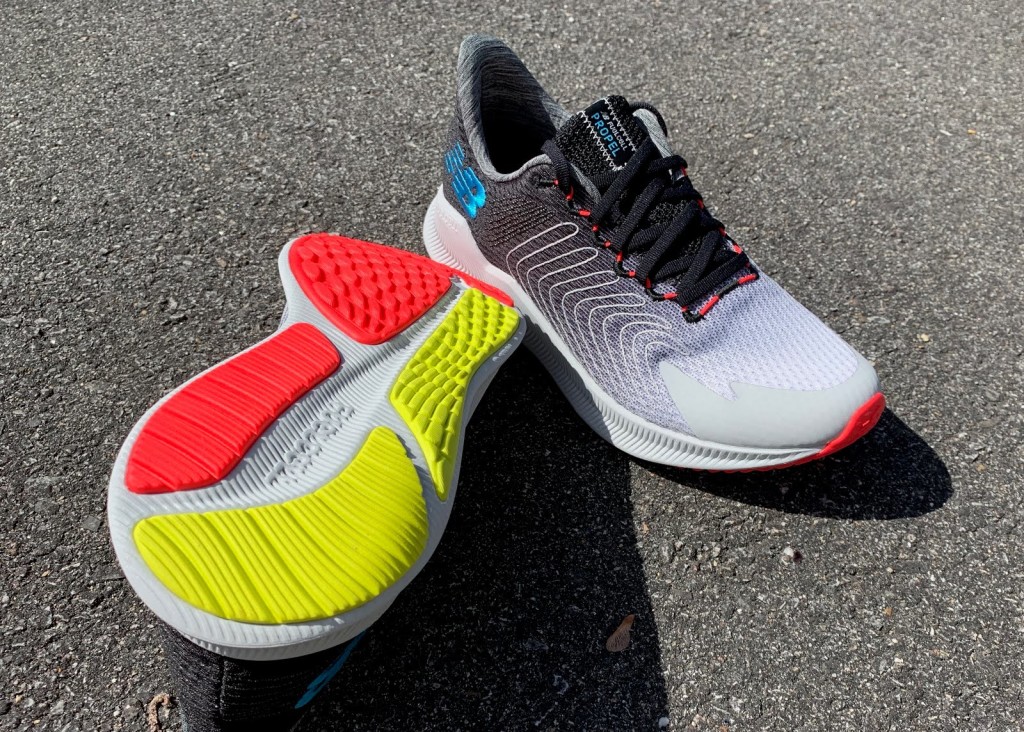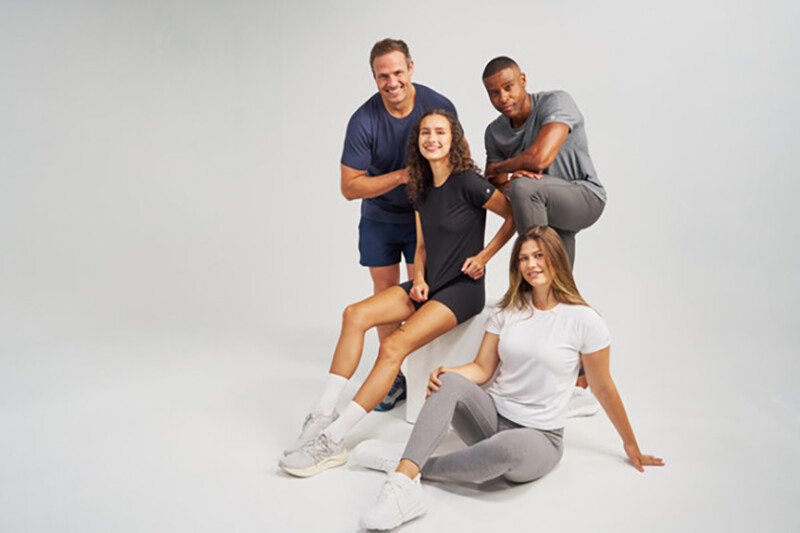This is not your grandfather’s New Balance. Over the last five years, the Boston-based brand, a running market mainstay for decades, has steadily gained market share in the run specialty channel, emerging as the number two footwear brand by various accounts.
That movement hasn’t occurred by happenstance.
A brand once characterized by its heritage 990 model, a sturdy, monochromatic workhorse first unveiled in 1978, New Balance has focused recent years on becoming a younger, faster, sleeker and more contemporary brand. New materials and midsoles. A more daring design aesthetic. A determined approach to performance. Intently seeking marketplace relevancy with sponsorships of elite athletes such as Jenny Simpson and Emma Coburn and savvy affiliations with events like the Brooklyn Half, 5th Avenue Mile and the New Balance Nationals scholastic track and field competitions.
“We’ve actively looked for opportunities to tell stories around our brand that are more modern and relevant,” says Danny Orr, manager of performance running at New Balance’s Innovation Design Studio.
Introducing FuelCell
FuelCell represents the continued transformation of New Balance’s product engine, the latest step in the 113-year-old company’s unwavering push to shake the status quo and craft a more inventive, progressive story.
A collection of four new models debuting throughout the summer and fall – the front-of-the-pack FuelCell Rebel trainer, the speedy FuelCell Propel trainer, the sportstyle-attracting FuelCell Echo and the ultra-ambitious FuelCell 5280 racing flat – the new lineup blends streamlined modern aesthetics with high-performance materials, namely the proprietary FuelCell foam technology.
While the FuelCell name has previously existed in the New Balance ecosystem, its current iteration is an entirely new innovation and the highest rebound material New Balance has ever created.
“FuelCell is truly innovative and huge step forward for us,” GM for performance running and training Kevin Fitzpatrick says.
The FuelCell journey began more than two-and-a-half years ago when New Balance running leadership, inspired by the company’s involvement with marquee events such as the 5th Ave Mile and the Westminster Mile in London, began considering an ultra-fast road shoe.
“A way for us to do something unique in the industry and help our athletes,” Fitzpatrick says.
The led to the 5280, the pinnacle model in the FuelCell collection and the most data-driven running shoe in New Balance’s long and illustrious history. Informed by an almost maniacal investigation of data, including the study of elite athlete gaits, New Balance’s interdisciplinary team made continuous, objective modifications to weight, traction, energy return and fit to create the most high-performance racing shoe possible.
“We were relentless on the most minute details,” Fitzpatrick says. “Things no one would see or feel, we were obsessing over.”
The result? A four-piece racing flat consisting of a lightweight and highly functional Hypoknit upper, a multidirectional carbon plate, a springy FuelCell midsole and a blended outsole aligned at a six-degree angle to improve traction at toe-off.
“We took risks here,” Orr says, “and that lead to something new for our brand, but also for the running space as well.”
Set to drop in September, the 5280 is unapologetically elite, unabashedly geared to the fast crowd. New Balance elite athletes, in fact, will have a customized last to employ on their own pursuits.
“The 5280 isn’t for everyone and we know that,” Fitzpatrick allows, “but without it, FuelCell doesn’t exist.”
New Balance’s New Era
The racing flat’s data-driven design and its benefits served as a launching pad for New Balance to bring the technology into models for a broader audience, especially as runners show increasing interest in different shoes for different experiences.
“The traditional categories such as neutral, stability and motion control are becoming less important as consumers redefine the underfoot experience based on what they want to do on a given day,” Fitzpatrick says. “We’re no longer in the days of one shoe fits all.”
With a forward-looking point of view on speed, the three new FuelCell training shoes – Rebel, Propel and Echo – all carry FuelCell’s soft, responsive foam, a counter to the market’s conventional thinking that fast shoes need to be firm.
“People want to feel like energy is given back,” Fitzpatrick says.
The most enterprising of the new FuelCell training models, the 7.3-ounce (men’s model) Rebel, features a FuelCell forefoot to create an energetic, propulsive feel as well as a sleek, modern silhouette courtesy of a jacquard forefoot, bootie construction and deconstructed collar on the upper. The Rebel will have a limited launch at select stores on Global Running Day, June 5, before its universal debut on July 1.
The Propel and Echo – dropping in August and October, respectively – further bring New Balance’s fast and flirty story to the masses.
“From an innovation perspective, we’re looking at where we can push, change and lead,” Orr says. “We feel we can lead in the speed realm where people are specifically looking for solutions that are new and energetic.”
The combination of FuelCell and Fresh Foam, the successful cushioning platform that debuted five years ago, demonstrates New Balance’s spirited attempts to create more contemporary footwear in fit and function as well as style — efforts made to capture new consumers and revitalize a brand and products often considered strong though utilitarian and, at times, unimaginative.
“We’ve had a purposeful plan and stuck to it,” Fitzpatrick says. “There have been some wins and losses along the way … but we’ve been focused on doing things differently around here.”
That’s led to a more vibrant product pipeline, improved market share and an even deeper hunger to become a brand that resonates with a wider cross-section of runners.
“We’re not content with where we’re at,” Fitzpatrick says. “We see incredible opportunity ahead of us and are not taking our foot off the gas anytime soon.”







